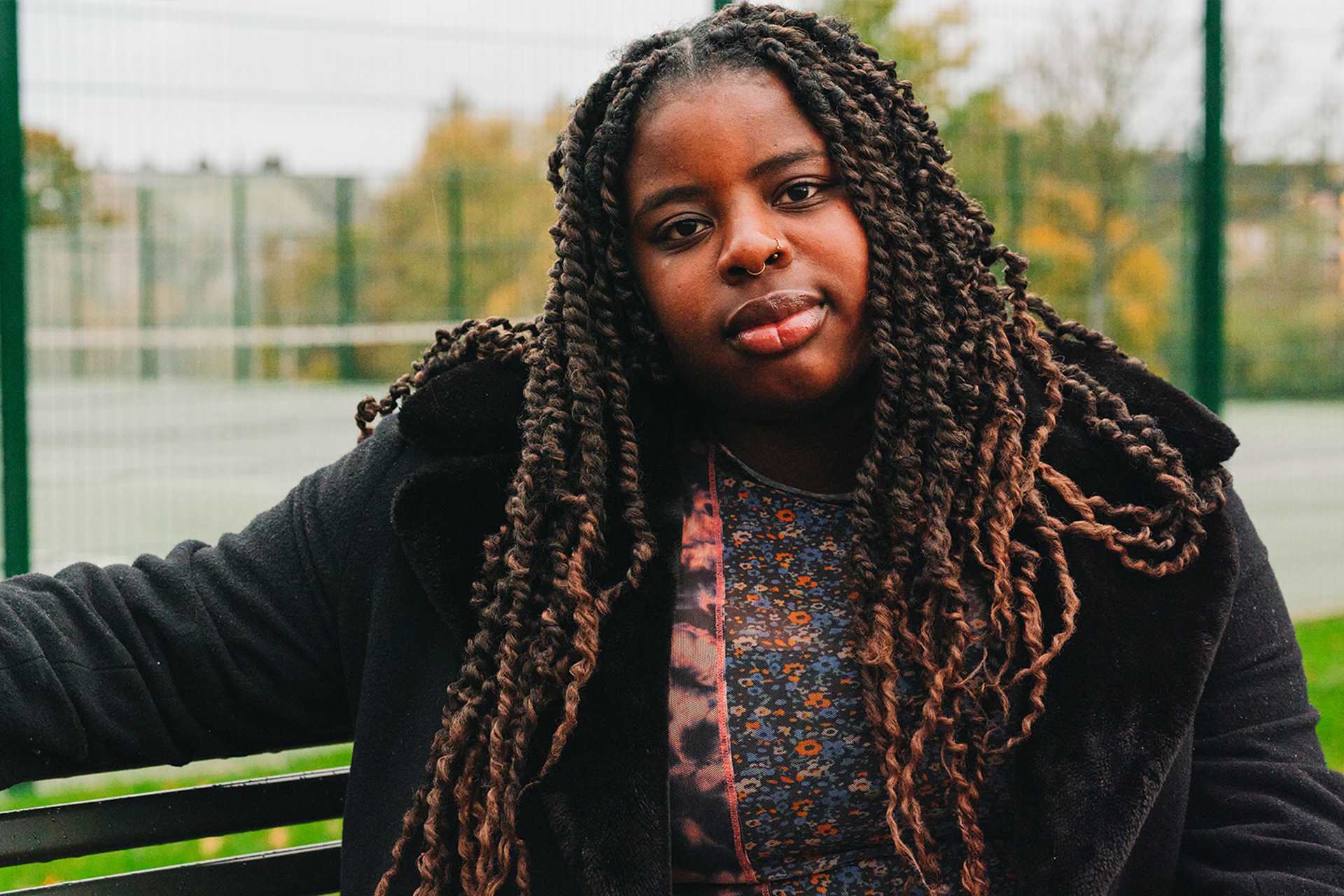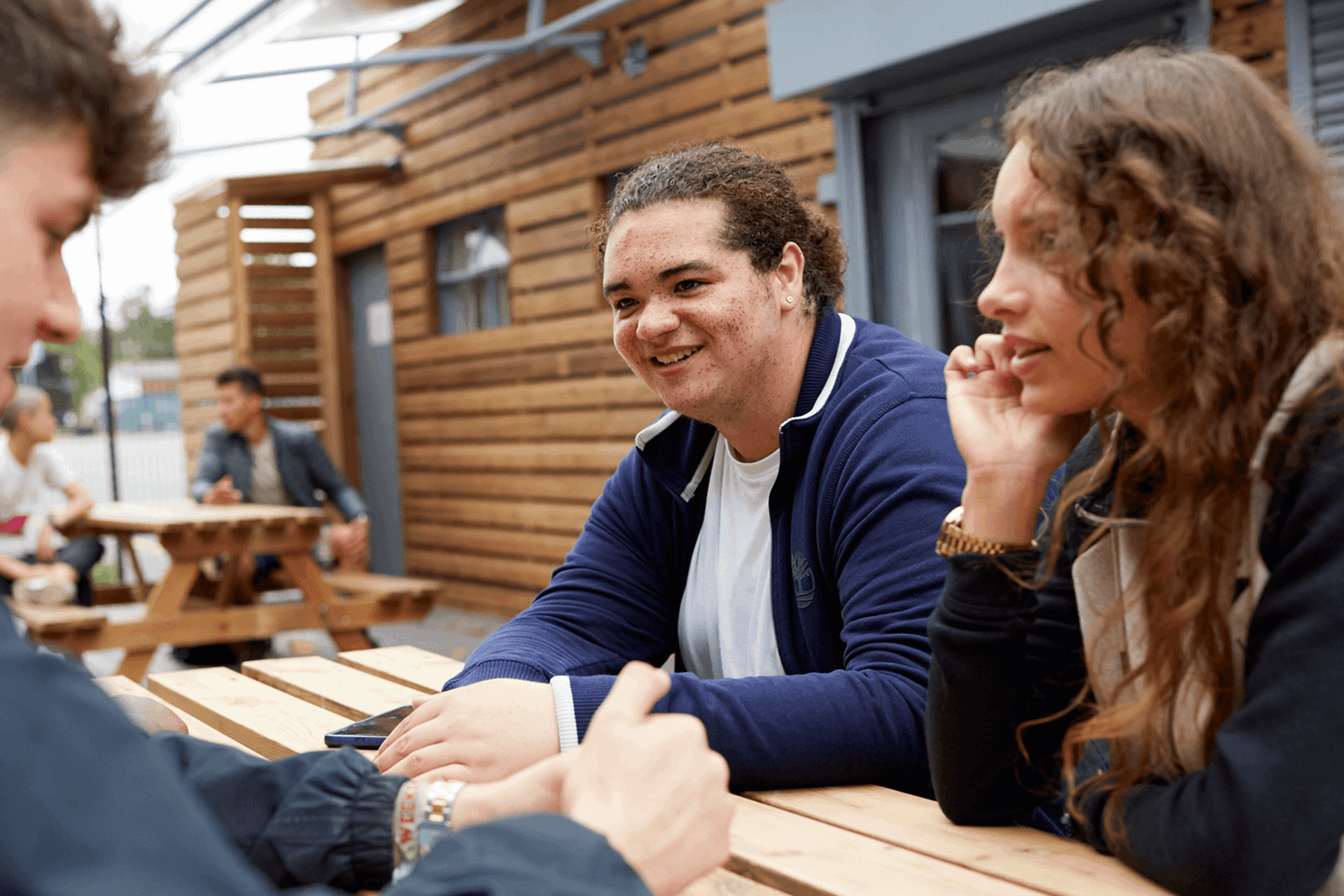Topics mentioned: autism and mental health
About: Integrative Counsellor and Sensory Intelligence Practitioner Jolene Ironside, who also works as a Specialist Helpline Adviser on the Parents Helpline, explains how to create a ‘sensory diet’ for a neurodivergent young person.
We take the world in through our senses. Not just sight, smell, touch, taste, and sound, but three internal senses: vestibular (motion and balance), proprioception (body and spatial awareness), and interoception (internal sensations like hunger or thirst). This is how we understand the world.
Yet autistic people are more likely to have different sensory processing systems to those who are neurotypical. Each autistic person’s sensory profile is unique, and these needs do not remain the same over time. If an autistic person is sensitive to noise, for example, their ability to cope with it might decrease when under stress.
When someone has trouble blocking out sensory inputs, they can become overwhelmed and experience a meltdown or shutdown. At times like this, distress can often be mistaken for a behavioural issue, and so a young person might be viewed as “naughty” or “challenging”.
Each autistic person’s sensory profile is unique, and these needs do not remain the same over time.
Hyper and hyposensitivity
If your child is autistic, you may have seen them deal with overwhelm in two different ways. The first is hypersensitivity – an over responsiveness to stimulation. This is where someone takes in too much information, leading to distress, discomfort, and pain. They might then avoid certain sensory stimuli or need regular breaks in quiet or calm spaces.
Hyposensitivity is the opposite – an under responsiveness to sensory input. This means an autistic person is receiving less sensory information: decreased sensitivity to touch, smells, or sounds.
When an autistic person experiences either hyper- or hyposensitivity, it affects their thinking, concentration, behaviour, and physiological responses. There is a strong connection between the sensory system and emotional regulation.
Developing a sensory diet for your child
A ‘sensory diet’ is a way of dealing with this. Sometimes known as a ‘sensory circuit,’ a sensory diet is a plan of activities and accommodations that can help meet somebody's sensory needs. By introducing a sensory diet to someone’s day, we can help prevent meltdown or shutdown.
A few ideas of what you can include in your child’s sensory diet are:
-
giving them a deep pressure massage
-
buying them a sensory sock (a stretchy, full body sock that can sooth hypersensitivity)
-
a quick bounce on trampoline
-
hanging / swinging from bars
-
yoga
-
body holding exercises, such as walking on the ground with bare feet
-
rocking, bouncing, or rolling on a yoga ball or sitting on a wobble cushion
-
dancing
-
lifting weights
-
pushing against a wall
-
being an indoor or outdoor helper, and carrying out jobs that require lifting
-
pushing heavy objects
-
playing with dough or clay (though be mindful of sensory sensitivities)
-
walking or running
-
rocking in a chair
-
playing with sensory fidget toys
-
drumming
Creating a sensory corner
You might also want to create a ‘sensory corner’ at home. This is a place your child can go after they've been in a high sensory environment such as school or a busy supermarket. This could include installing low-level lighting like salt lamps or lava lamps; creating a small cosy space with blankets, pillows, and soft toys; or providing books, fidget toys, clay, or things to draw with.
In both cases, work out with your child what they would find most helpful. What works for one young person will not work for another, so it's important to get them involved.
As well as providing short-term relief, making a sensory diet part of your child’s daily routine can work over time to help structure their nervous system. This will help them better tolerate situations and take control of their emotional regulation.
As well as providing short-term relief, making a sensory diet part of your child’s daily routine can work over time to help structure their nervous system.
If you want to find out more, check out our resource on autism and mental health, where you can find more information about neurodiversity.
Useful helplines and websites
If your child or young person needs some support, these organisations can help.
-
National Autistic Society
Supports autistic people and their families. You can find lots of information and advice about autism on their website. They also have a network of local branches. These can provide things like parent courses and family support, social meet-ups and support groups for autistic young people.
They have an inpatient care support service, which provides advice to autistic people and the families of autistic people who are in a mental health hospital.
-
YoungMinds Parents Helpline
We support parents and carers who are concerned about their child or young person's mental health. We can provide detailed information and advice, emotional support and signposting.
You can speak to us over the phone or chat to us online. When we’re closed, you can still leave us a message and we'll get back to you in 3-5 working days.
- Opening times:
- 9.30am-4pm on Mondays, Thursdays and Fridays; 9.30am-6pm on Tuesdays and Wednesdays
Spread the word



